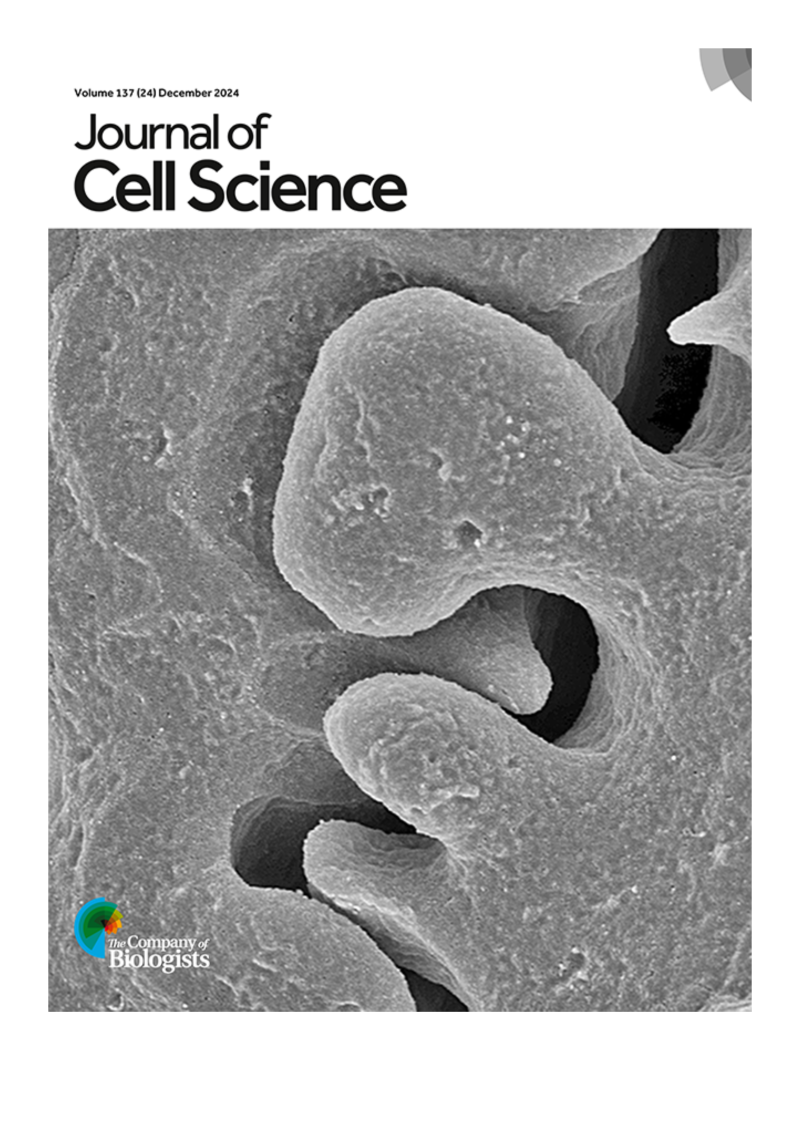
Duke Ophthalmology researchers, led by Rupalatha Maddala, PhD have uncovered a key role for Ankyrin-B, a scaffolding protein that links the spectrin-actin cytoskeleton to membrane proteins, in maintaining lens growth, mechanical properties, and transparency.
Their research published in the Journal of Cell Science and featured on the cover, highlights the importance of membrane-cytoskeletal interactions in preserving lens function. These findings provide critical insights that could pave the way for the development of promising alternatives to surgical intervention for presbyopia and cataract.
The transparent, avascular ocular lens is essential for focusing light onto the retina. Maintenance of lens clarity and flexibility is crucial for vision. With age the lens hardens, impairing visual accommodation (presbyopia), and may become opaque, leading to cataract formation—the leading cause of blindness worldwide. While prescription glasses, refractive surgeries, and cataract surgery help restore vision, a medical treatment for these conditions would be a groundbreaking advancement. Despite extensive research, the underlying mechanisms of cataract and presbyopia remain poorly understood, hindering the development of non-surgical therapies.
Using a novel Ankyrin-B conditional knockout mouse model, they demonstrated that disrupting Ankyrin-B alters lens architecture, leading to defects that may contribute to cataracts and presbyopia.
This study was supported by the National Eye Institute (NEI) grant funding.
Co-authors include: Ariana Allen, MD, PGY1; Nikolai P. Skiba, PhD; P. Vasantha Rao, PhD
Maddala was also featured in the Journal of Cell Science's First Author, a series of interviews aimed at helping researchers promote themselves alongside their papers.